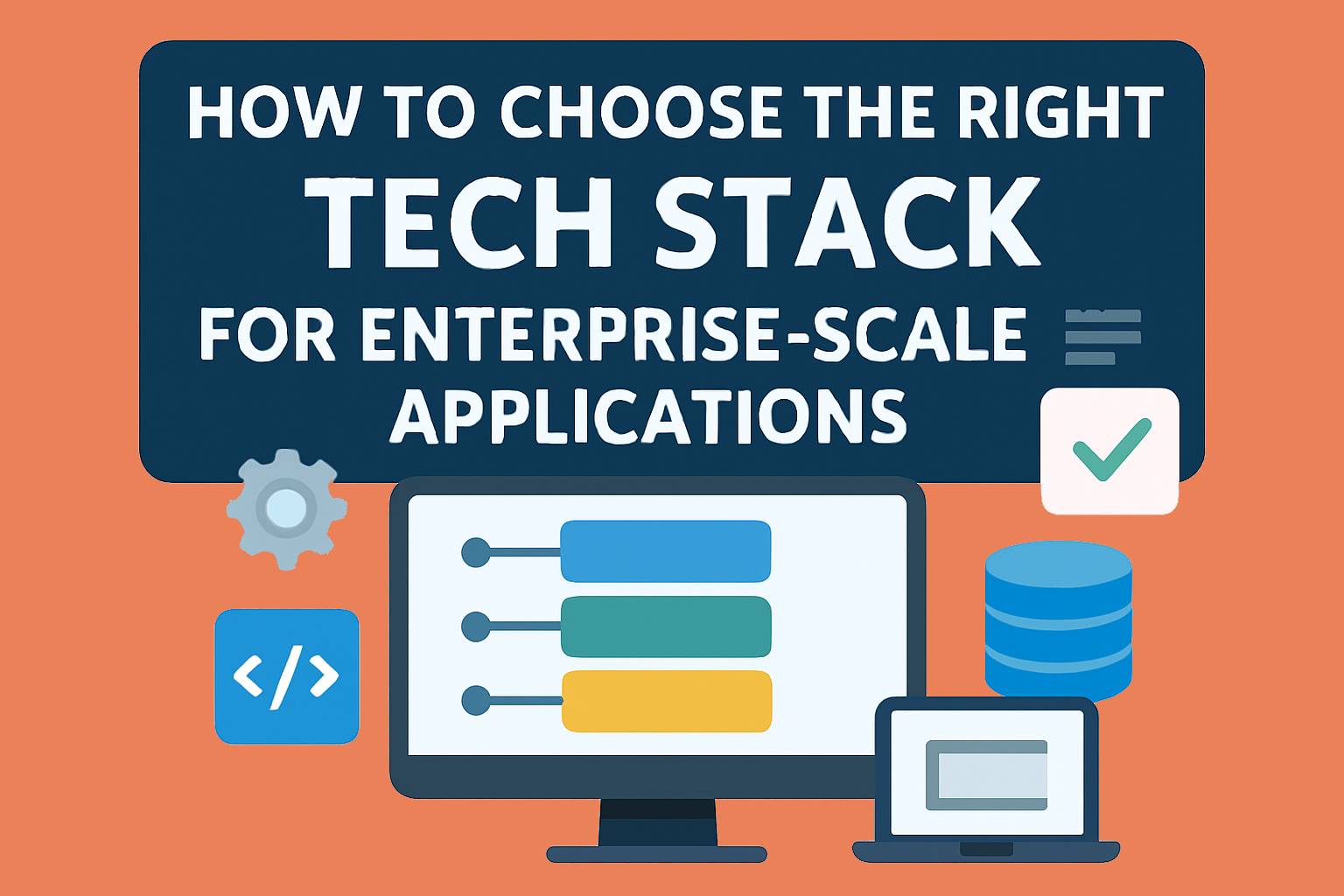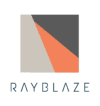
For small and medium enterprises (SMEs), enterprise-scale applications are no longer a luxury. They are the backbone of efficiency, customer experience, and long-term competitiveness. Yet, according to a 2024 Gartner report, 60% SMEs that invest in custom applications struggle with scalability or integration within the first three years—largely because of poor technology stack choices. Choosing the right stack isn’t just about technology; it’s a strategic business decision that impacts cost, performance, and future readiness.
Here is a framework that CIOs and IT leaders can use:
Align with business objectives
Every enterprise application should serve a measurable business goal. For example, a logistics SME that selected a modern cloud-native stack reduced system downtime by 35%, directly improving delivery SLAs and customer retention. Contrast that with firms that patch old legacy systems, where hidden costs often climb year after year. What is a right question to ask? Is the application meant to cut processing time, improve customer experience, or strengthen compliance? The answers will define the right tools.
Plan for scalability and performance
SMEs grow faster than expected once digital adoption takes off. A study by Forrester found that companies using microservices-based stacks scaled 50% faster than those tied to monolithic systems. An e-commerce SME initially handling 5,000 daily transactions adopted a microservices stack and comfortably scaled to 50,000+ without a full rebuild. The right tech stack avoided an expensive “rip and replace.”
Build with security and compliance in mind
Security breaches cost SMEs an average of $3.31 million globally in 2023 (IBM Cost of a Data Breach Report). Choosing a stack with strong encryption libraries, secure authentication, and vendor-backed patch cycles is critical. For instance, a healthcare SME deploying HIPAA-compliant frameworks avoided penalties while still achieving rapid feature rollouts—proving compliance doesn’t have to slow innovation.
Ensure smooth integration with existing systems
Integration failures are among the top three causes of stalled enterprise IT projects. An SME that adopted an ERP-friendly stack with built-in API connectors reported a 40% drop in manual reconciliation tasks, freeing staff for higher-value work. If your stack cannot “talk” to your ERP, CRM, or HRMS, you’ll pay for it in silos and inefficiencies.
Factor in talent availability and ecosystem support
Technologies with strong developer communities and wide adoption reduce hiring risks. For example, SMEs that migrated from niche frameworks to JavaScript/Node.js stacks reported a 20–25% faster hiring cycle, since more developers were available in the market.
Balance cost with long-term sustainability
The total cost of ownership (TCO) should drive decision-making. A small and medium business reduced cloud bills 30% by moving from a proprietary vendor stack to a hybrid open-source solution. While proprietary systems may seem convenient upfront, they often result in lock-in and rising costs.
Keep an eye on emerging technologies
AI adoption in enterprise apps is climbing steadily. It is said that 54% of SMEs now use or plan to use AI-driven analytics by 2026 (IDC). Even if you don’t implement it today, your stack should support future integration with AI frameworks.For instance, a retail SME that integrated AI-driven demand forecasting into its ERP stack reduced excess inventory by 18%, freeing up working capital. Choosing a flexible stack made this possible without rewriting the system.
Wrapping up
For IT leaders of the SME segment, selecting a tech stack is less about chasing buzzwords and more about making sound, long-term business choices. When scalability, integration, security, and adaptability are built into the decision, the result is a system that grows with the business rather than holding it back. The right choice today avoids costly rework tomorrow and positions your enterprise to take advantage of future opportunities—including AI-enabled capabilities—without disruption.
Tech stack decision framework for SMEs
| Factor | Risk if ignored | Business impact if done right |
|---|---|---|
| Business alignment | Application doesn’t solve core business problems; wasted investment | Technology directly supports revenue growth, compliance, or efficiency |
| Scalability & performance | System crashes or slows with growth; costly rebuilds needed | Seamless growth from hundreds to thousands of users without disruption |
| Security & compliance | Data breaches, fines, reputational damage | Regulatory compliance, reduced breach risk, stronger customer trust |
| Integration | Silos between ERP/CRM/HRMS; duplicate data | Unified workflows, reduced manual effort, better data accuracy |
| Talent availability | Hard-to-hire niche skills; slow delivery | Access to wider talent pool; faster project timelines |
| Cost & sustainability | Rising licensing fees, vendor lock-in | Predictable TCO, optimized infrastructure, long-term savings |
| Future readiness (AI, analytics, automation) | Stack becomes obsolete; missed opportunities | Smooth integration of AI-driven insights and automation into existing systems |
